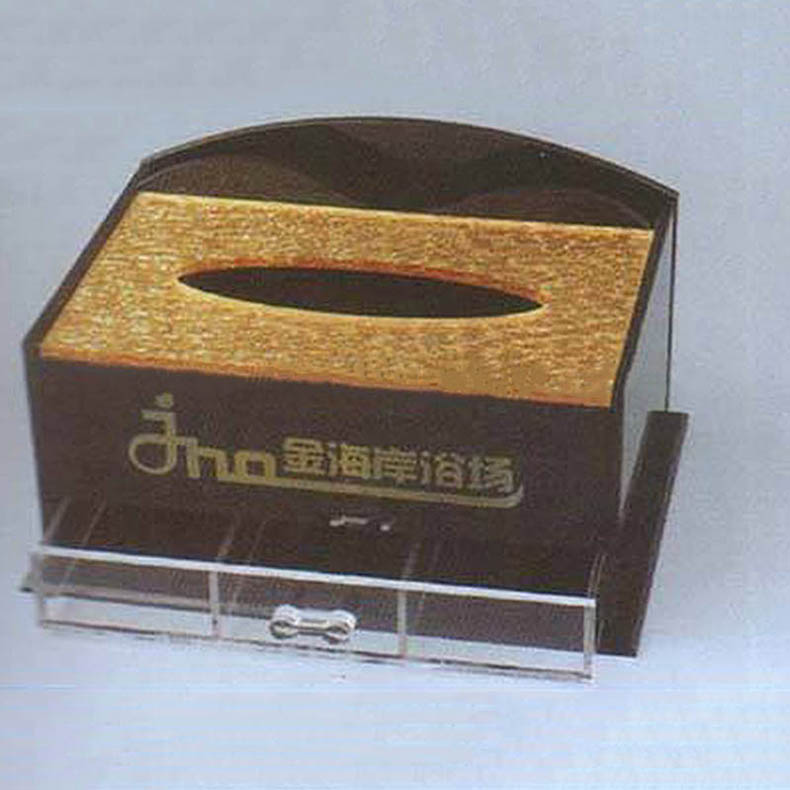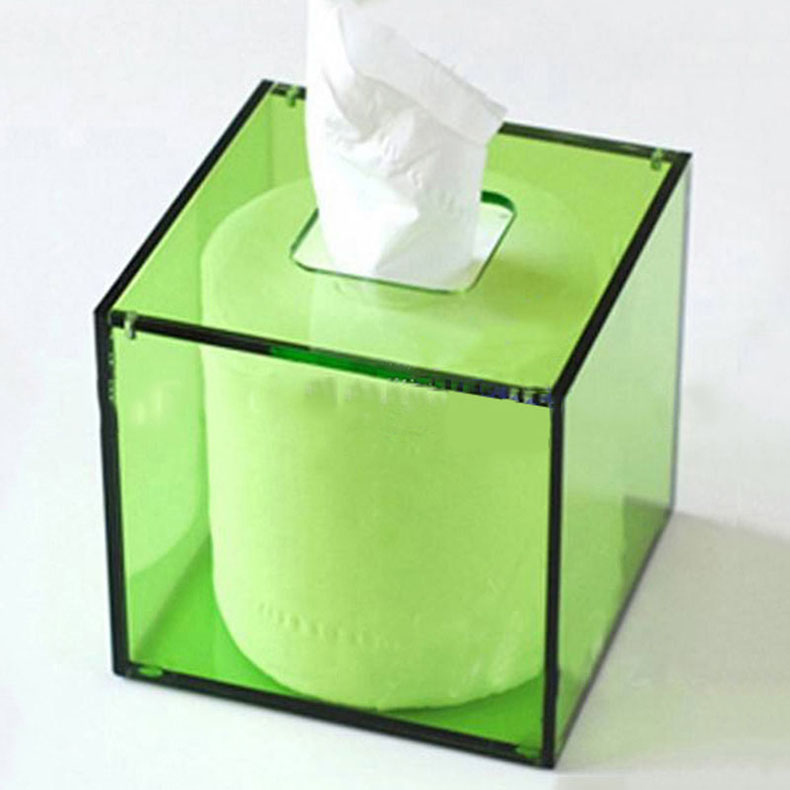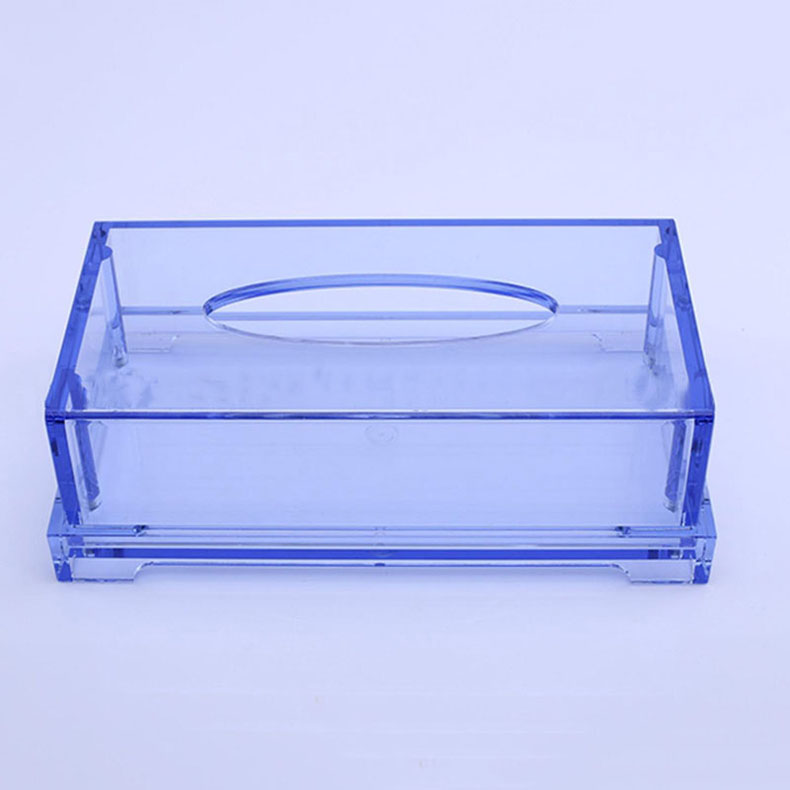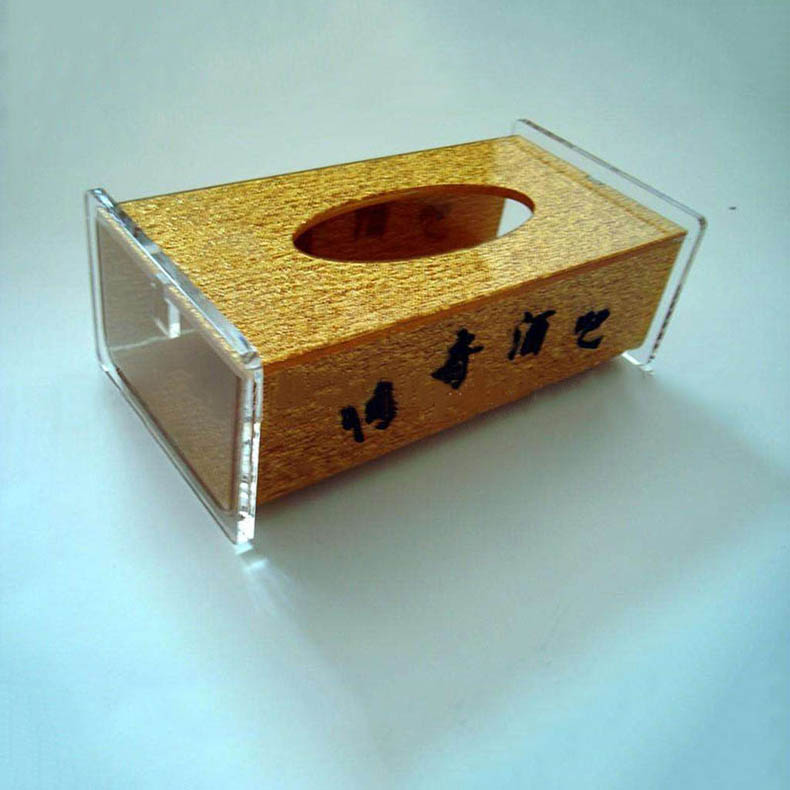The material composition of wall clocks can vary widely depending on factors such as design, style, functionality, and intended use. Wall clocks serve not only as timekeeping devices but also as decorative elements within a space, making the choice of materials a crucial aspect of their design and construction. In this exploration, we'll delve into the diverse array of materials commonly used in crafting wall clocks, examining their characteristics, advantages, and applications.
Common Materials Used in Wall Clocks:
1. Wood:
- Wood is a timeless and versatile material widely utilized in crafting wall clocks. Clocks made from wood exude warmth, elegance, and natural charm, making them suitable for a variety of interior styles ranging from rustic and traditional to modern and minimalist. Wood can be stained, painted, or left in its natural state, allowing for a diverse range of finishes and aesthetics. Additionally, wood clocks are relatively lightweight and durable, making them ideal for both residential and commercial settings.
2. Metal:
- Metal is another popular material choice for wall clocks, prized for its durability, sleekness, and contemporary appeal. Clocks crafted from metal, such as stainless steel, aluminum, or wrought iron, often feature clean lines, minimalist designs, and metallic finishes that complement modern and industrial interiors. Metal clocks can range from minimalist monochrome designs to ornate pieces with intricate detailing, offering versatility in style and aesthetic impact.
3. Plastic:
- Plastic clocks are lightweight, affordable, and available in a wide range of colors, shapes, and styles. Clocks made from plastic materials are often budget-friendly options suitable for casual or temporary use. While they may lack the natural elegance of wood or the durability of metal, plastic clocks offer practicality and versatility, making them suitable for children's rooms, kitchens, or outdoor spaces where resilience to moisture and impact is desirable.
4. Glass:
- Glass clocks exude sophistication, elegance, and contemporary flair. Typically featuring transparent or translucent clock faces, glass clocks create a sense of openness and luminosity, making them ideal for smaller spaces or rooms with limited natural light. Glass clocks may incorporate additional elements such as mirrored surfaces, etched designs, or colored accents to enhance their visual appeal and complement various interior styles, from modern to eclectic.
5. Ceramic:
- Ceramic clocks add a touch of artisanal charm and craftsmanship to any space. Handcrafted ceramic clocks feature unique textures, glazes, and patterns, making each piece a one-of-a-kind work of art. Ceramic clocks may showcase traditional motifs, abstract designs, or nature-inspired themes, lending personality and character to the room. While ceramic clocks may be more delicate than their metal or wood counterparts, they offer timeless beauty and decorative versatility.
6. Resin:
- Resin clocks combine durability with artistic flair, offering a wide range of design possibilities. Resin can be molded into various shapes, textures, and finishes, allowing for creative experimentation in clock design. Resin clocks may feature embedded elements such as dried flowers, metallic accents, or translucent layers, creating visually stunning and unique timepieces. Additionally, resin clocks are lightweight and resistant to moisture, making them suitable for humid environments or outdoor use.
Conclusion:
The material composition of wall clocks plays a significant role in determining their aesthetic appeal, durability, and suitability for different interior environments. Whether crafted from wood, metal, plastic, glass, ceramic, or resin, each material offers distinct characteristics and design possibilities. When selecting a wall clock, it's essential to consider not only its timekeeping functionality but also how its material composition contributes to the overall ambiance and style of the space. By choosing a wall clock crafted from high-quality materials that align with your aesthetic preferences and functional requirements, you can enhance the visual appeal and functionality of any room while ensuring lasting enjoyment and satisfaction.






